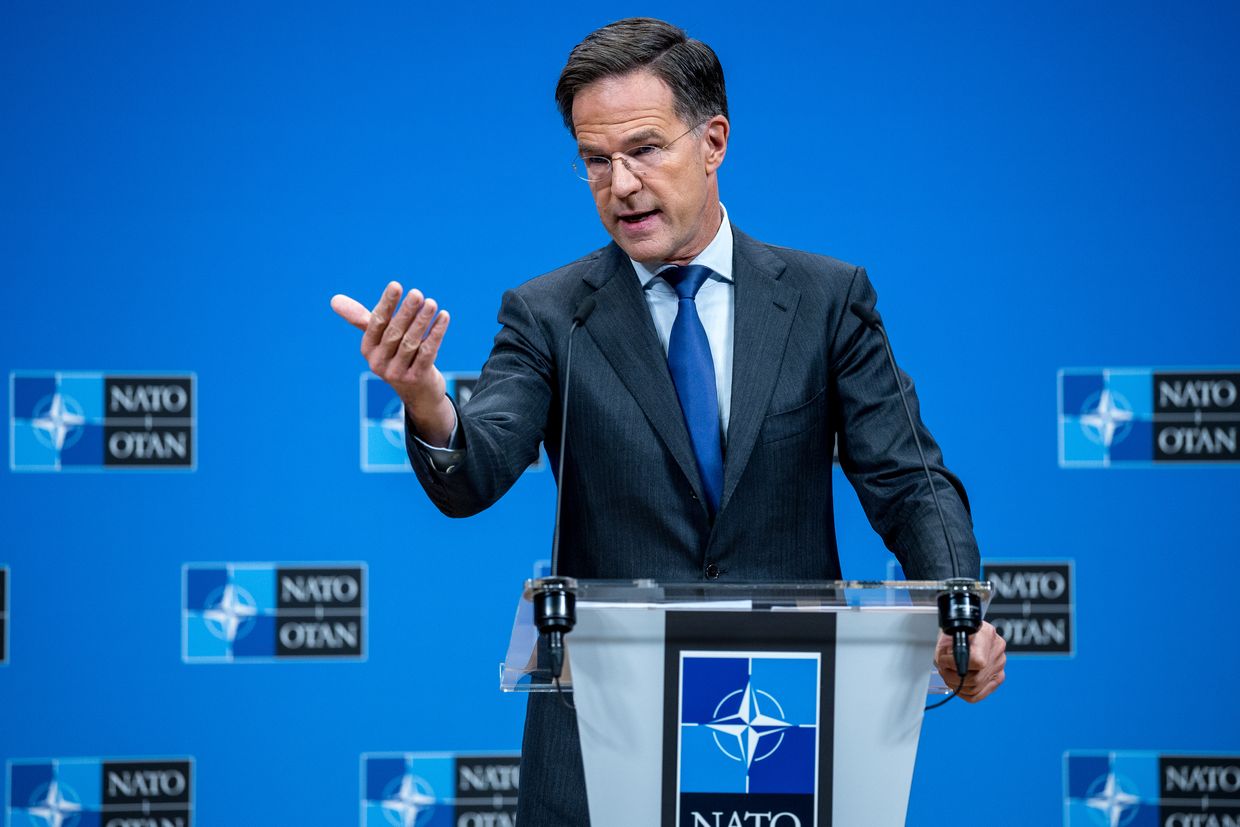By Laura Matthews
NEW YORK (Reuters) -U.S. multinational companies are extending their currency hedges to longer periods to shield their cash flows from potential exchange rate volatility triggered by the Trump administration's tariff policies.
The change in duration reflects the heightened uncertainty for these multinationals in the rapidly changing global trading landscape, particularly amidst fears of a recession and a weakening dollar.
A sharp jump in FX market gyrations following U.S. President Donald Trump's April 2 unveiling of higher-than-expected global tariffs left some of their hedges underwater, bankers and hedging advisors said.
Even companies that weathered the surge in volatility relatively well have started to extend the duration of their hedges.
"Over the past week, we've seen a group of clients push their hedges out to the maximum available tenor as they look to lock in protection and ride out near-term instability," said Eric Huttman, CEO of MillTechFX.
Instead of hedging short-term risks, Garth Appelt, head of FX & emerging markets derivatives at Mizuho Americas, said his clients are now hedging two to five years out as dollar weakness has become one of the biggest fallouts of the tariff-related market turmoil.
A weaker dollar can be good for U.S. exporters since it makes their products relatively cheaper abroad. But uncertainty about global trade and recession fears is prompting companies to take additional steps to guard future profits.
A 90-day reprieve on some duties for all trading partners except China has done little to arrest the dollar's decline or to tame the heightened volatility in the foreign exchange markets.
The dollar has weakened against major peers, with the euro hitting a three-year high against the greenback.
Companies have another powerful reason to look further out for their hedges: higher volatility has driven up the cost of near-term hedging instruments.
"Hedging farther out along the curve maintains the same level of protection against currency movements but without the need to crystallize profit and loss generated by short-term FX swings," said Simon Lack, head of investment solutions at MillTechFX.
Volatility expectations embedded in one-month and three-month at-the-money options contracts rose 72% and 46%, respectively, since April 2, before slightly easing, according to LSEG data. That means companies must pay more to insure themselves against potential losses in the short term.
Meanwhile, a two-year at-the-money EUR/USD options increased by just 23%.
.png)
 German (DE)
German (DE)  English (US)
English (US)  Spanish (ES)
Spanish (ES)  French (FR)
French (FR)  Hindi (IN)
Hindi (IN)  Italian (IT)
Italian (IT)  Russian (RU)
Russian (RU) 








Comments